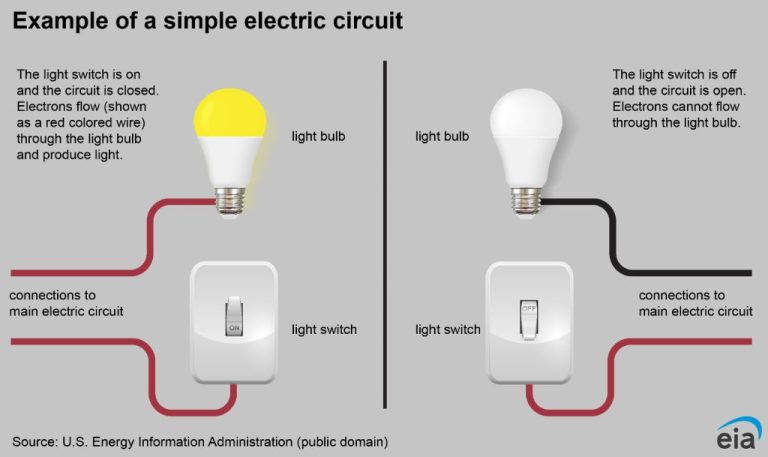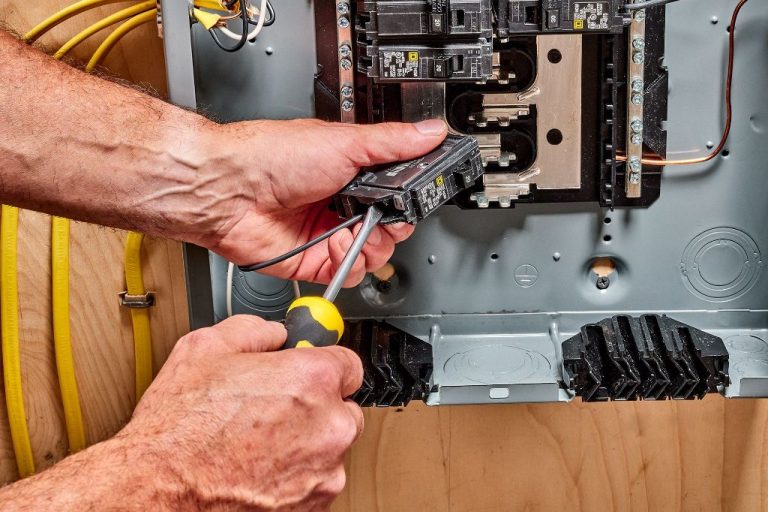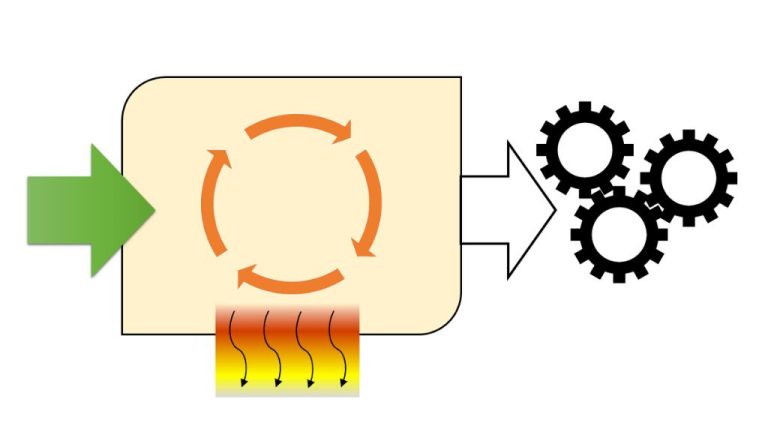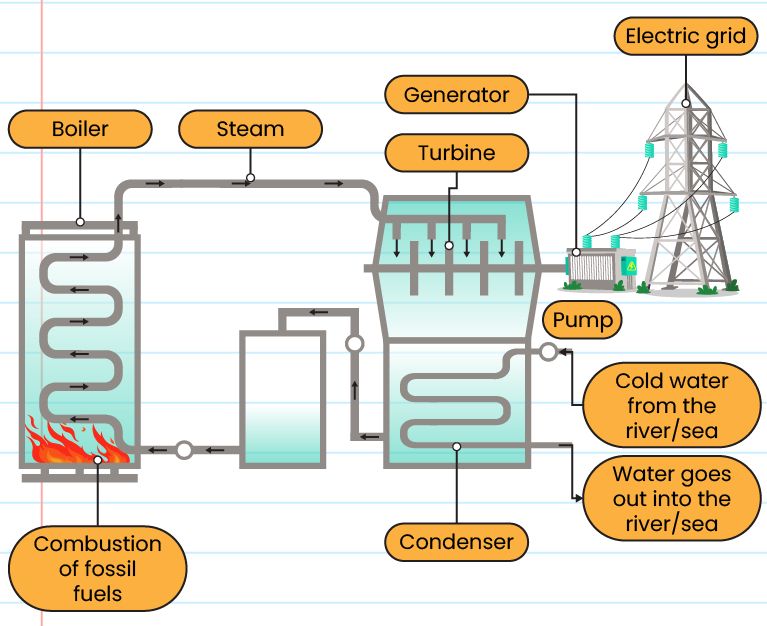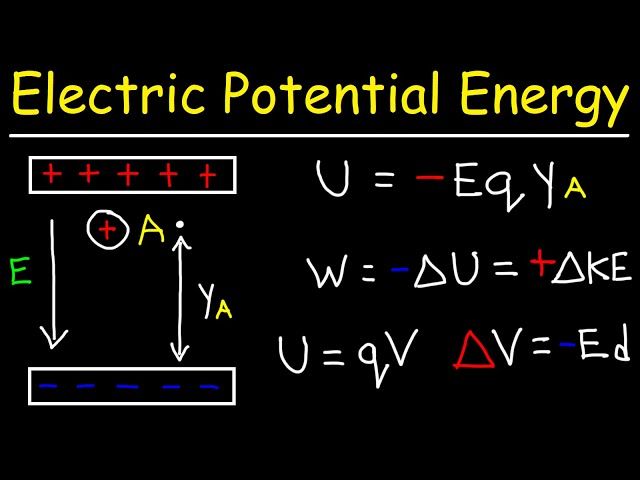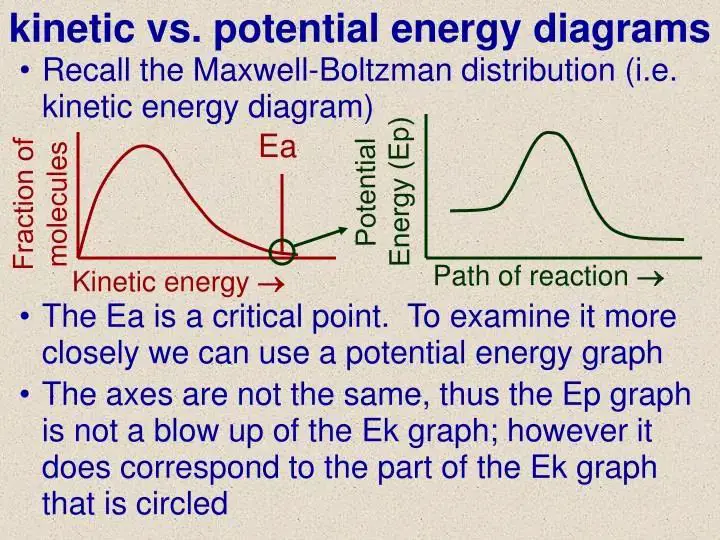What Is The Best Energy-Saving Devices For Home?
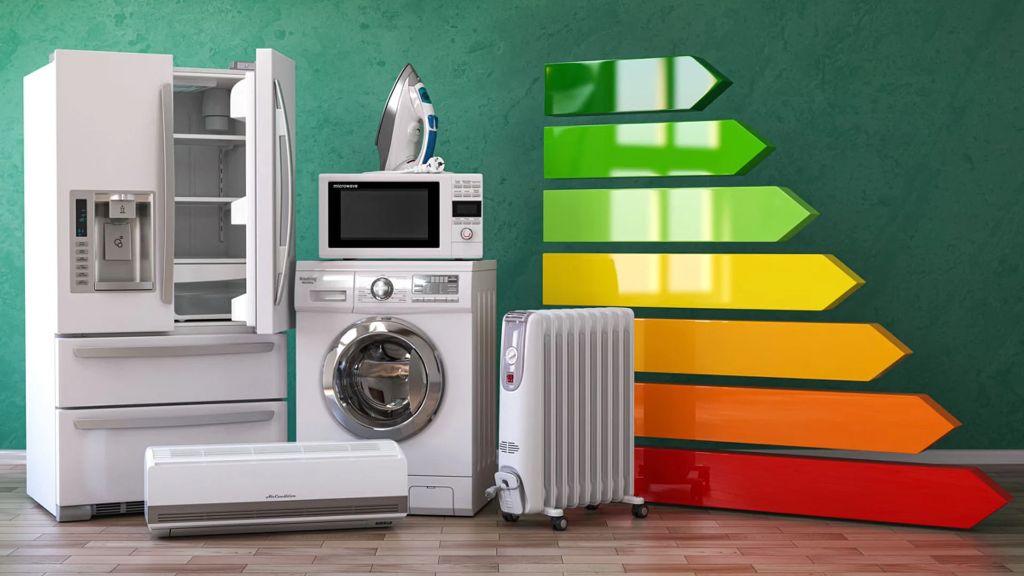
With increasing costs of electricity and gas, as well as concerns about reducing household energy consumption and carbon footprints, many homeowners are looking for ways to improve energy efficiency in their house. Installing energy-saving devices can help reduce energy usage for lighting, heating and cooling, appliances, and more, leading to lower utility bills and reduced environmental impact.
This comprehensive guide will provide an overview of the best and most effective energy-saving devices available for the home in 2023. We will cover smart thermostats, LED light bulbs, advanced power strips, insulation, efficient appliances, window coverings, water efficiency devices, and renewable energy options. For each category, we will explain how the technology works, highlight key benefits, and provide recommendations for top products to consider. With the right energy-saving home upgrades, you can maximize savings and comfort while minimizing your energy usage and carbon footprint.
Smart Thermostats
Smart thermostats are WiFi-enabled thermostats that can be controlled remotely via smartphone, tablet, or voice assistant. They use sensors, algorithms, and Internet connectivity to automatically adjust heating and cooling settings for optimal efficiency. Smart thermostats learn your schedule and habits to program themselves, optimizing temperature settings when you are home or away to reduce energy waste from heating and cooling an empty house.
Popular smart thermostat models include the Nest Learning Thermostat, Ecobee SmartThermostat, and Honeywell Smart Thermostat. According to the Energy Star program, smart thermostats can lead to an average of 8% savings on heating and cooling costs, or around $50 per year [1]. Savings amounts vary based on climate and usage habits, but smart thermostats optimize energy use by adjusting temperature setpoints during times when heating or cooling is not needed.
Key benefits of smart thermostats:
– Remote control and monitoring via smartphone makes it easy to adjust temperatures on-the-go
– Automated scheduling optimized for your habits reduces energy waste
– Integrations with smart home devices and voice assistants
– Real-time alerts if unusual heating/cooling usage is detected
– Easy installation and intuitive mobile apps on iOS and Android
– Energy savings from reduced heating and cooling when not at home
LED Light Bulbs
LED light bulbs are one of the most effective energy-saving lighting options for homes. According to the U.S. Department of Energy, quality LED bulbs last 25 times longer and use up to 90% less energy than traditional incandescent bulbs. This translates into significant long-term savings on your electricity bill. The Energy Department estimates that retrofitting the bulbs in your five most frequently used fixtures with LEDs can save you about $75 per year.
Compared to even CFL bulbs, LEDs are more durable, with an average lifespan of at least 15,000 hours. This makes them a great option for hard-to-reach fixtures where you don’t want to frequently change lightbulbs. LED bulbs also reach full brightness immediately when turned on, while CFLs take a moment to warm up. In terms of light quality, LED bulbs are available in a range of color temperatures to match the needs of different rooms, such as bright white light for kitchens or softer warm light for bedrooms.
Switching entirely to LED lighting can reduce lighting electricity use by 75% or more, adding up to thousands of dollars over the lifetime of the bulbs according to Carbon Switch. With utility rebates and dropping prices, LED bulbs continue to become even more affordable over time. Choosing Energy Star rated LED bulbs ensures you are getting a high quality product that meets efficiency and performance standards.
Advanced Power Strips
Advanced power strips, also known as smart power strips, are designed to reduce phantom or vampire loads that account for 5-10% of home energy use [1]. Phantom load refers to the electricity consumed by appliances and electronics even when they are switched off or not in active use. This is due to standby power that allows devices to draw a small amount of current for remote controls, electronic displays, and instant-on features [2].
Advanced power strips combat this phantom load by cutting power to devices that are not in active use. They do this by having “control” and “always on” outlets. Devices like TVs, game consoles, and stereos that go into sleep mode are plugged into the “control” outlets. Devices that need continuous power like routers and DVRs are plugged into “always on” outlets. When the device in the “control” outlet goes into standby mode, the advanced power strip will cut power to those outlets, eliminating the phantom load [3]. This can reduce energy consumption by up to 40%.
Insulation
Properly insulating your home is one of the most effective ways to reduce energy costs for heating and cooling. According to the EPA, insulating and air sealing can help homeowners save an average of 15% on energy bills. The type of insulation you use depends on where it will be installed in the home:
- Attic insulation like fiberglass, cellulose, or foam helps prevent heat transfer through the ceiling and can save up to 15% on heating and cooling costs. The Department of Energy recommends attic insulation of at least R-30.
- Wall insulation such as fiberglass batts, blown-in cellulose, or foam helps stop airflow through exterior walls. This can reduce heating and cooling costs by 25%.
- Floor/crawlspace insulation using fiberglass batts, foam boards, or spray foam reduces heat transfer through floors above unheated spaces.
When properly installed, insulation forms a barrier between unconditioned and conditioned spaces. The higher the R-value of insulation, the better it resists conductive heat flow. Homeowners can use the Department of Energy’s insulation calculator to estimate potential energy savings based on the type and amount of insulation.
Energy Efficient Appliances
Major appliances like refrigerators, dishwashers, washing machines, and dryers consume a significant amount of energy in the home. Choosing ENERGY STAR certified models for these appliances can lead to major energy savings over time. According to the EPA, an ENERGY STAR certified refrigerator is estimated to save homeowners $30-$80 per year on utility bills compared to standard models (https://www.energystar.gov/sites/default/files/tools/ENERGY%20STAR%20Appliances%20Brochure_508.pdf).
Washing machines with the ENERGY STAR label use 25% less energy and 33% less water than a standard model. Over its lifetime, an ENERGY STAR clothes washer can save homeowners over $350 on utility bills and 11,000 gallons of water (https://www.energystar.gov/products/appliances).
Dishwashers that have earned the ENERGY STAR rating use at least 41% less energy than the federal minimum standard. Replacing a 10 year old standard dishwasher with an ENERGY STAR model can save 100 kWh per year. That equates to $12 in bill savings annually (https://www.energystar.gov/products/appliances).
When purchasing major appliances like refrigerators, washing machines, dishwashers, and dryers, look for the ENERGY STAR label to maximize energy savings. Over the 10-15 year lifespan of these products, significant cost savings on utility bills can be achieved with energy efficient models.
Window Coverings
Window coverings like shades, blinds, curtains, and films can help reduce heat loss in the winter and prevent solar heat gain in the summer, improving your home’s energy efficiency. Certain types of window coverings are designed to add insulation and prevent drafts.
Cellular shades, also known as honeycomb shades, are considered one of the most effective options. The honeycomb structure helps trap air and reduce conduction, convection, and radiation through the window. Studies show cellular shades can reduce heat loss by up to 40% in the winter. Energy Efficient Window Coverings
Insulated cellular shades and roller shades with foam backings provide further insulation value. Thermal blankets and tightly woven curtains can also add an extra layer to keep heat in during winter. Some window films and specialized coatings can reflect solar energy in the summer. Overall, the right window treatments for your climate and home can significantly reduce energy costs for heating and cooling. Energy Efficient Window Treatments
Water Efficiency
Installing low-flow water fixtures is an effective way to reduce water heating costs. Low-flow showerheads, faucet aerators, and other water-efficient fixtures and appliances can significantly cut down on hot water usage.
By reducing the flow from around 5 gallons per minute to under 2 gallons per minute, low-flow showerheads can decrease hot water usage by 50-60%. Over the course of a year, this can save a household 200 to 500 gallons of water per shower (Reduce Hot Water Use for Energy Savings). With reduced hot water needs, the energy required to heat water is also decreased.
Low-flow faucet aerators can reduce water flow by as much as 60%. Using less hot water at sinks, tubs, and showers means the water heater doesn’t have to work as hard to keep hot water available. This directly translates into energy savings.
In total, simple low-flow fixtures can save the average household 500-800 gallons of water per month. With less water being heated, families can save $30 or more off their utility bills each year (The Benefits of Having Low Flow Fixtures).
By installing affordable, low-flow water fixtures, homeowners can reduce their water and energy usage for significant long-term savings.
Renewable Energy
One effective way homeowners can save energy is by installing renewable energy systems like solar panels. Solar panels convert sunlight into electricity, allowing households to reduce their reliance on the grid. According to the U.S. Department of Energy, the average monthly electric bill with solar panels installed can be reduced by 50-75% (https://www.energy.gov/energysaver/benefits-residential-solar-electricity). While solar panels involve an upfront investment, they can provide great long-term savings through lower monthly energy bills. Some estimates suggest solar panels can save the typical homeowner between $25,500 to $33,000 over the system’s lifetime, depending on factors like your location and electricity costs (https://www.forbes.com/home-improvement/solar/how-much-solar-panels-save/). Ultimately, solar panels allow households to take control of their energy production and reduce electricity expenses.
Conclusion
In summary, implementing energy efficiency measures in your home can provide a wide range of benefits. Smart thermostats, LED light bulbs, and advanced power strips can help regulate and reduce your home’s energy usage. Proper insulation, energy efficient appliances, and effective window coverings further minimize wasted energy. Water efficiency with low-flow fixtures curbs excess water usage. Finally, utilizing renewable energy from solar panels or wind turbines allows you to generate your own clean electricity.
With these devices and tactics, homeowners can realize significant cost savings on their utility bills each month. Energy efficiency also reduces your home’s carbon footprint and environmental impact. Widespread adoption would benefit communities through local job creation, electricity grid stability, and reduced pollution. By making your home more energy efficient, you can save money, help the planet, increase comfort and convenience, and future-proof your household against rising energy costs.

